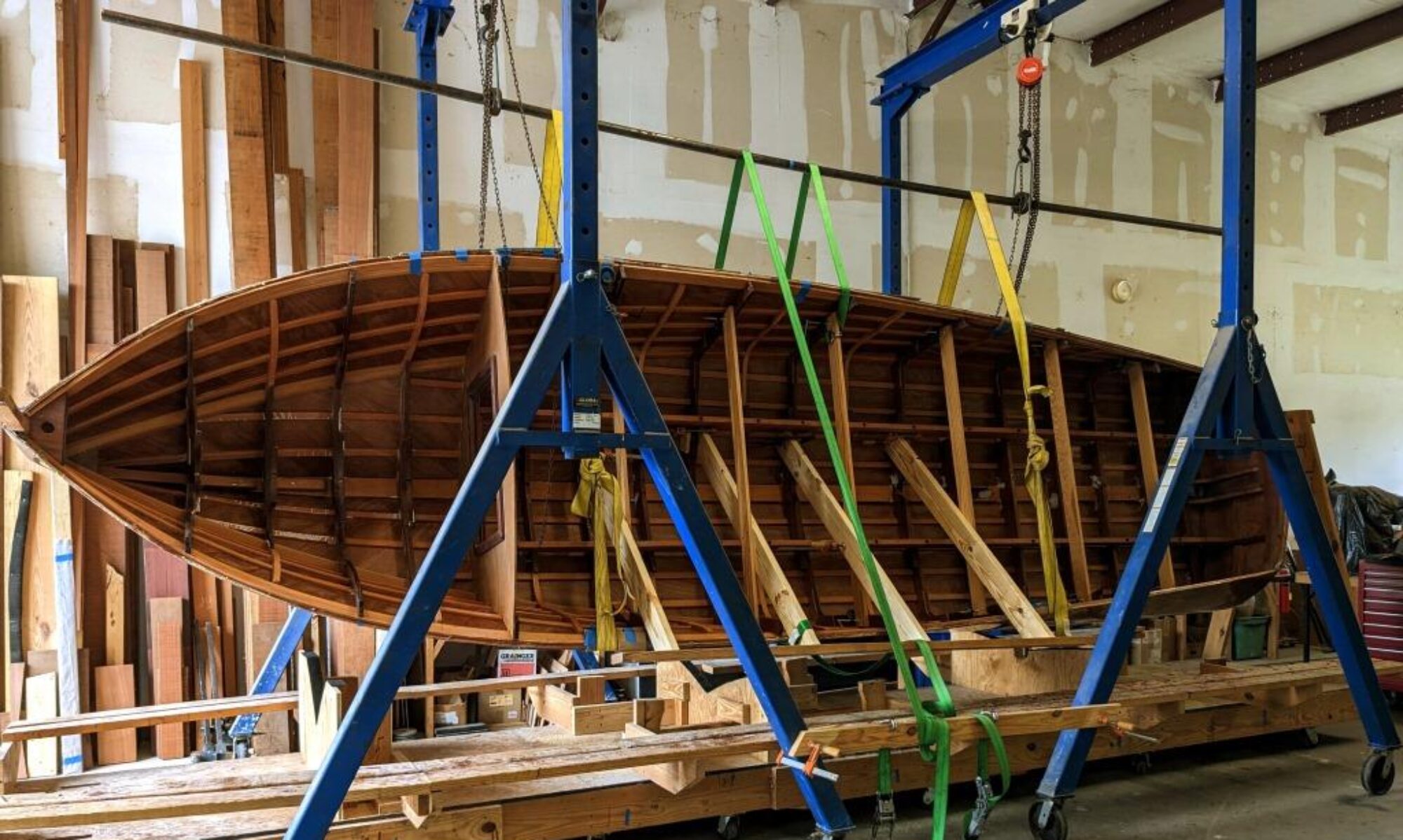
This week I had the opportunity to meet one of the more attractive boats in the Charleston area. “Stella” is a 2014 Chris Craft Launch 25, and she came in for some varnish on her brightwork. Here you can see a detail of the port toe rail after the first of two refresher coats. Continue reading “Varnishing Stella”







